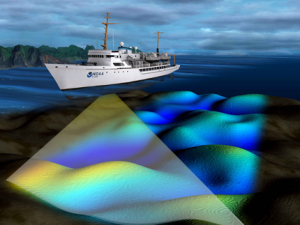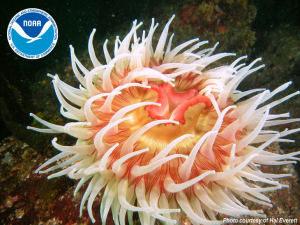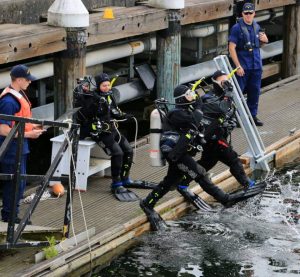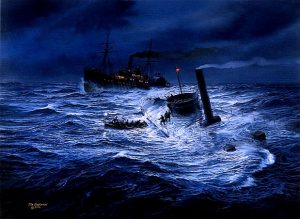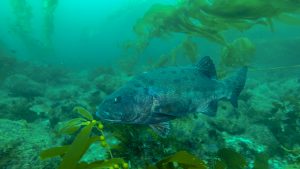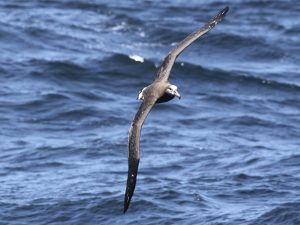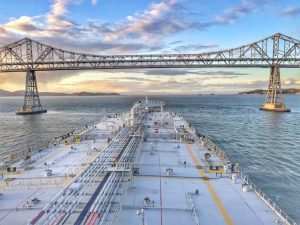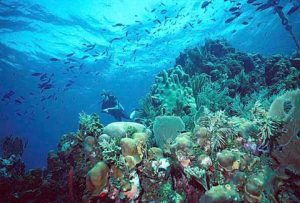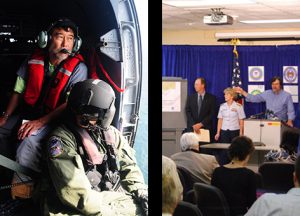Ping! – Using sound to map Alaska’s seafloor
Jessica Murphy and LTjg Michelle Levano, NOAA’s Office of Coast Survey in Seattle, WA Like marine mammals using sound to “see” their underwater environment, scientists also use sound to determine what the seafloor looks like! Mapping the seafloor provides information for many purposes, including safe navigation of fishing vessels and helping pinpoint where marine animals…
Read MoreExploring Olympic Coast National Marine Sanctuary – Virtual Tour and Trivia BINGO
Jacqueline Laverdure, NOAA’s Olympic Coast National Marine Sanctuary in Port Angeles, WA Explore the wonders of America’s Ocean and Great Lakes Treasures – Our national marine sanctuaries! Join us for this fun and interactive virtual tour as we visit our national marine sanctuaries and dive deep into Olympic Coast National Marine Sanctuary. This journey includes…
Read MoreFrom Training to Underwater Exploration: Take a Deep Dive the NOAA Diving Center
Jessica Keller and Zachary Hileman, both from the NOAA Diving Center in Seattle, WA and Stephanie Gandulla, NOAA’s Thunder Bay National Marine Sanctuary in Alpena, MI Follow the pathway to become a NOAA diver and beyond! Scientific diving is one of the main types of diving conducted throughout NOAA, and the NOAA Diving Center trains…
Read MoreUSS Monitor: Heavy Metal on the High Seas
Tane Casserley, NOAA’s Monitor National Marine Sanctuary in Newport News, VA Situated 16 miles off the coast of Cape Hatteras, North Carolina, NOAA’s Monitor National Marine Sanctuary protects the shipwreck of the famed Civil War ironclad, USS Monitor. Over the last 45 years, NOAA has been honoring the men of USS Monitor, its legacy with…
Read MoreGiant Seabass, Kings of the Kelp Forest
Ryan Freedman, NOAA’s Channel Islands National Marine Sanctuary in Santa Barbara, CA Giant Seabass are a species of large fish that live in the cool waters off the coast of California. Thanks to government protections in California, this top predator of the kelp forest is beginning to return to the Channel Islands National Marine Sanctuary…
Read MoreWinged Ambassadors: Ocean Travelers
Jennifer Stock, NOAA’s Cordell Bank National Marine Sanctuary in Olema, CA Seabirds that live their entire lives at sea (except for one very special time of the year!) have tremendous stories to tell about the health and ecology of the global ocean. What makes a seabird a seabird? How do we know where they live…
Read MoreHelping Big Ships Bring Goods into Port So You Can Have What You Need
Kyle Ward and Louis Licate, NOAA’s Office of Coast Survey in Charleston, SC and Miami, FL Scientists, engineers, and mariners use NOAA’s products and services to slide underneath bridges, navigate tight turns, and dock alongside ports so that everything from groceries to games are available in stores for you to use. Come learn about how…
Read MoreDive In and Explore Coral Reef Ecosystems
Dana Wusinich-Mendez, NOAA’s Coral Reef Conservation Program in West Palm Beach, FL Coral reefs are the rainforests of the ocean. They are beautiful, diverse, and extremely important for healthy ocean ecosystems and strong communities. Learn all about coral reef ecosystems, why they matter, and what you can do to help them. (Grades 2-6 but all…
Read MoreThe Job of a NOAA Oil Spill Response Scientist
Gary Shigenaka and Charlie Henry, both of NOAA’s Office of Response and Restoration in Seattle, WA and Mobile, AL NOAA scientists respond to more than 150 oil spills every year. It is their job to provide the best available science that guides emergency response decision making. April 2020 marked the 10 year anniversary of the…
Read MoreAlaska Week: Uncovering the Seafloor – Charting Alaska’s Waters
Lieutenant (junior grade) Michelle Levano and Pete Holmberg, both from NOAA’s Office of Coast Survey in Seattle, WA How do we collect information on ocean depths, and how does that information get on paper? It’s important for us to measure water depths and features to keep ships safe and help them navigate and sometimes we…
Read More
